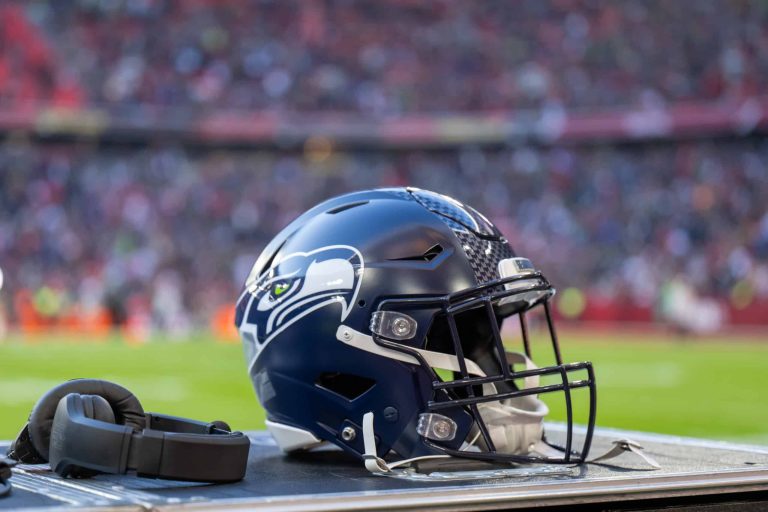According to Max Barr of Southeastern 16, only four teams (2001 Duke, 2015 Kentucky, 2019 Virginia and 2021 Gonzaga) have entered the NCAA Tournament with a KenPom net rating of at least +35 since 2000. All four teams made the Final Four, and two of them went on to win the national title.
Amazingly, all four 1 seeds in the 2025 NCAA Tournament have a KenPom net rating of at least +35. Auburn (+35.05) and Houston (+35.44) barely reached the threshold, and Florida rode a late hot streak to reach a +36.16 adjusted efficiency margin. As for Duke, its +38.16 net rating is the highest in KenPom history.
All four 1 seeds are historically dominant, but they reached this point with much different profiles.
Auburn is an offensive juggernaut, ranking second in adjusted offensive efficiency (128.4), eighth in points per game (83.8) and 26th in effective field-goal percentage (55.7 percent). The Tigers also protect the ball on offense (fourth in turnovers per play) and guard the rim at an elite rate (second in blocks per game).
Houston is the epitome of three-and-D. The Cougars rank first in points per game allowed (58.5), second in adjusted defensive efficiency (87.8), fourth in effective field-goal percentage allowed (44.9 percent) and fourth in three-point shooting percentage (39.8 percent). It’s so tough to beat Houston because it suffocates your offense, protects the ball, pounds the offensive glass and plays at one of the slowest paces in college basketball.
Florida is much different than Houston in that it plays fast and tries to outscore you in a track meet. The Gators rank first in adjusted offensive efficiency (128.6), third in points per game (85.4) and 25th in threes made per game (9.9). Florida is also one of the best offensive-rebounding teams in the country, and its massive eight-man rotation has an average height of 6-foot-7.
It’s hard to find any weak spots in Duke’s statistical profile. The Blue Devils rank top four in adjusted offensive efficiency and adjusted defensive efficiency, first in average scoring margin (+20.8), fifth in effective field-goal percentage (57.4 percent), sixth in rebound rate (55.8 percent) and first in opponent shooting efficiency (0.96). Oh, and it doesn’t hurt to have future No. 1 pick Cooper Flagg running the show.






